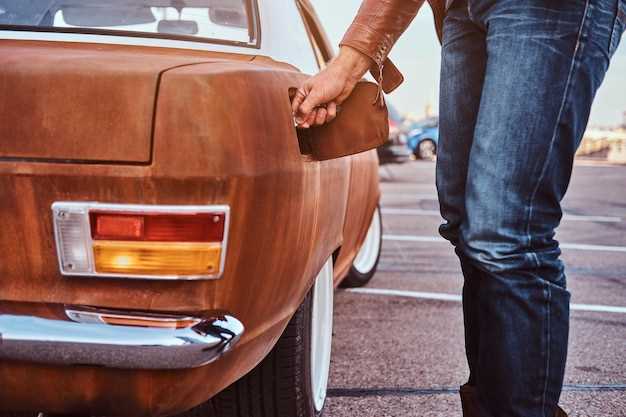
When it comes to the sale of a vintage car, having the right papers in order is crucial for ensuring a smooth transaction. Vintage cars often come with a rich history, and potential buyers are typically very interested in the provenance of the vehicle. Being prepared with the necessary documentation not only helps to build trust but also enhances the perceived value of the car.
One of the most important papers you need is the title of the car. This document proves your ownership and allows you to transfer the title to the buyer upon completion of the sale. Additionally, a Bill of Sale is essential; it serves as legal proof of the transaction and outlines the terms agreed upon by both parties.
Moreover, having receipts for past work done on the vehicle can provide potential buyers with confidence in the car’s condition and maintenance history. If possible, you should also include any restoration documentation that shows how the car has been cared for over the years. Ensuring that all these papers are organized and readily available can significantly impact the success of your vintage car sale.
Understanding Title Transfer and Ownership Verification

When selling a vintage car, understanding title transfer and ownership verification is crucial. The title is a legal document that proves ownership of the vehicle and outlines any liens or claims against it. Before proceeding with a sale, ensure that the title is clear of any financial obligations to avoid complications.
The title transfer process typically requires both the seller and buyer to complete specific paperwork. The seller must sign the title in the designated area, usually indicating the sale date and mileage. It is essential to double-check that all information is accurate to avoid potential disputes after the transaction.
In addition to the title, verifying ownership involves gathering supporting papers, such as a bill of sale and any maintenance records. These documents provide further proof of the car’s history and legitimacy. Buyers often appreciate having access to such papers, which can enhance their confidence in the purchase.
Each state may have distinct regulations regarding title transfers, so it is important to familiarize yourself with local laws before initiating the sale. Some states require notarization or additional forms to complete the transaction legally.
Ultimately, ensuring a smooth title transfer and proper ownership verification protects both the seller and buyer, helping to facilitate a successful vintage car sale.
Preparing the Bill of Sale and Sales Agreement
Creating a bill of sale and sales agreement is a crucial step when completing the sale of your vintage car. These documents protect both the buyer and seller and provide a legal record of the transaction.
The bill of sale should include essential details such as the vehicle’s make, model, year, VIN (Vehicle Identification Number), and odometer reading at the time of sale. Additionally, both parties should provide their names, addresses, and signatures. This document serves as proof of ownership transfer and can help resolve any disputes that may arise in the future.
The sales agreement, on the other hand, outlines the terms of the sale. This document should specify the sale price, payment method, and any conditions regarding the car’s condition or repairs. If applicable, include information about warranties or guarantees to ensure clarity between the buyer and seller.
It is also advisable to note any additional agreements made verbally during negotiations. Writing these terms down helps solidify expectations and minimizes misunderstandings. Both parties should retain copies of the signed documents for their records.
By preparing comprehensive and clear bill of sale and sales agreement, you ensure a smooth transaction and provide peace of mind for both you and the buyer as you part with your vintage car.
Organizing Maintenance Records and Historical Documentation

When preparing for the sale of your vintage car, organizing maintenance records and historical documentation is crucial. Buyers are often interested in the car’s history and condition, and having these records can enhance trust and justify the asking price.
Here are steps to effectively organize your documents:
-
Gather Maintenance Records:
- Collect all service receipts including oil changes, tire rotations, and major repairs.
- Document any upgrades or modifications made to the car.
- Include records for parts replacements, ensuring to keep original parts documentation if applicable.
-
Compile Historical Documentation:
- Collect the original owner’s manual and any other manufacturer documentation.
- Gather past ownership details, including any previous sales or restorations.
- If available, include photographs of the car during its earlier years or trophies from car shows.
-
Organize Chronologically or by Category:
- Consider arranging documents in chronological order to show a timeline of care.
- Alternatively, categorize documents into sections such as maintenance, historical documents, and receipts for parts.
-
Create a Digital Backup:
- Scan physical documents to preserve them and ensure you have a backup.
- Consider using cloud storage for easy access and sharing with potential buyers.
By organizing your maintenance records and historical documentation, you not only provide potential buyers with essential information but also increase the likelihood of a successful sale of your vintage car.

